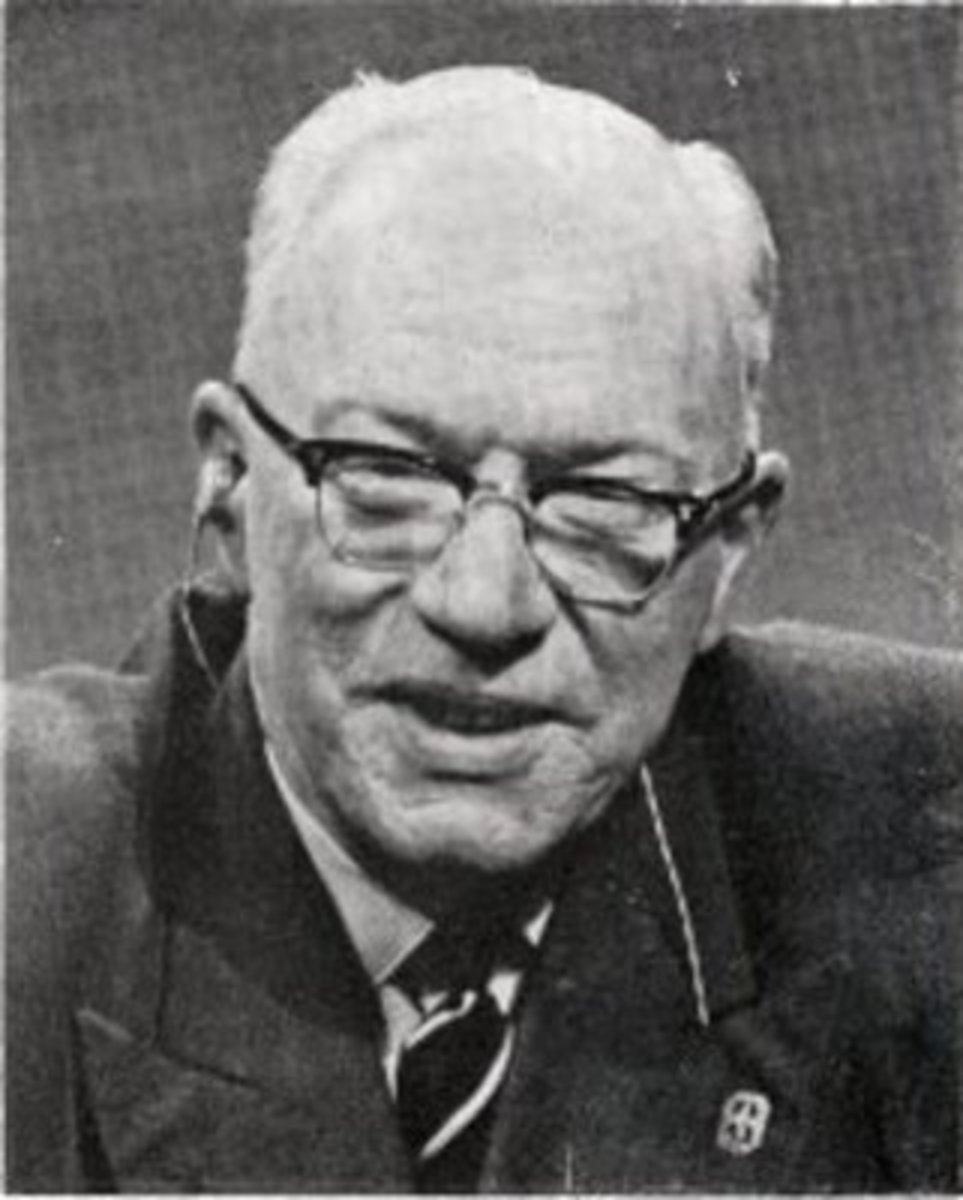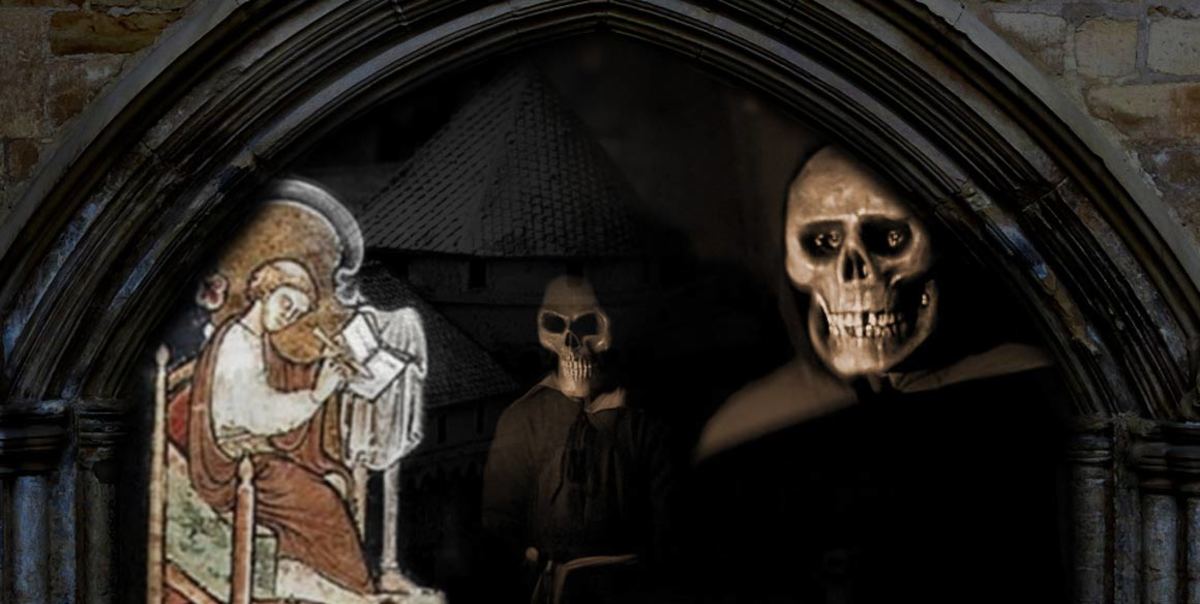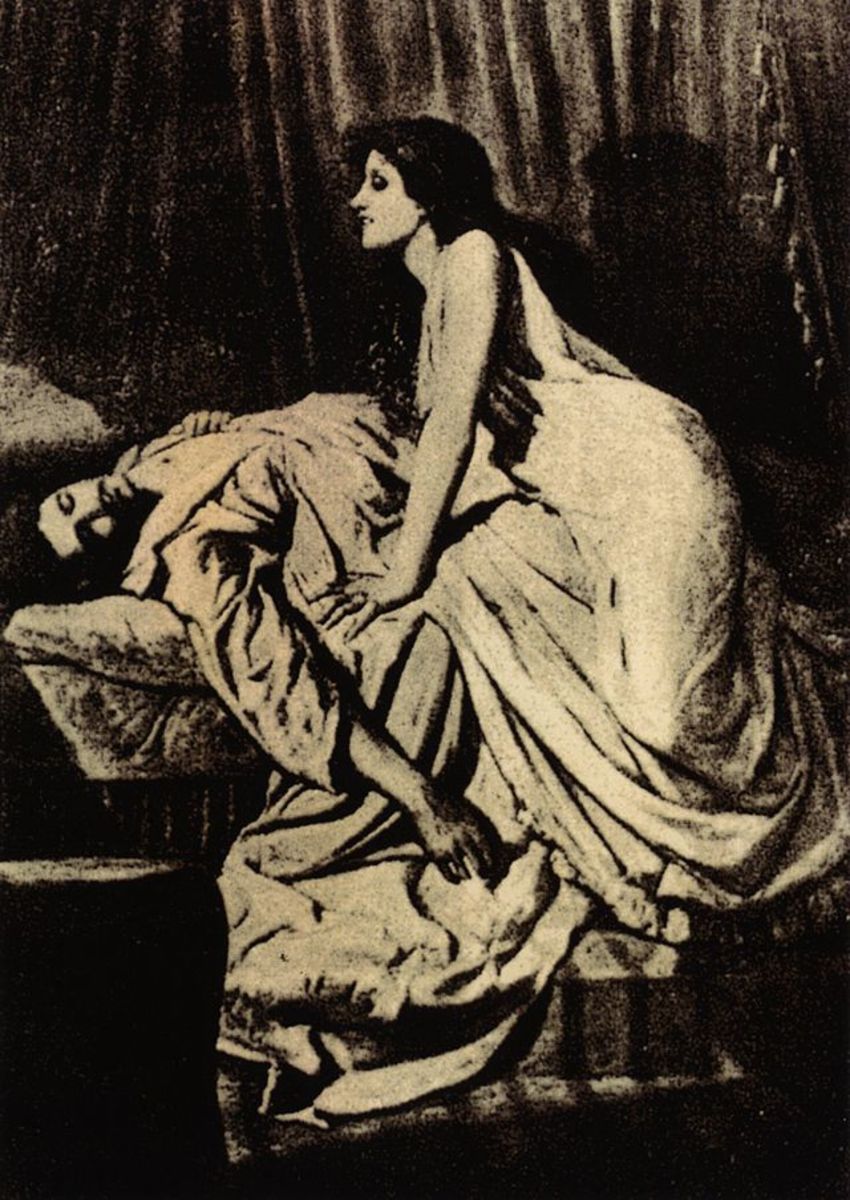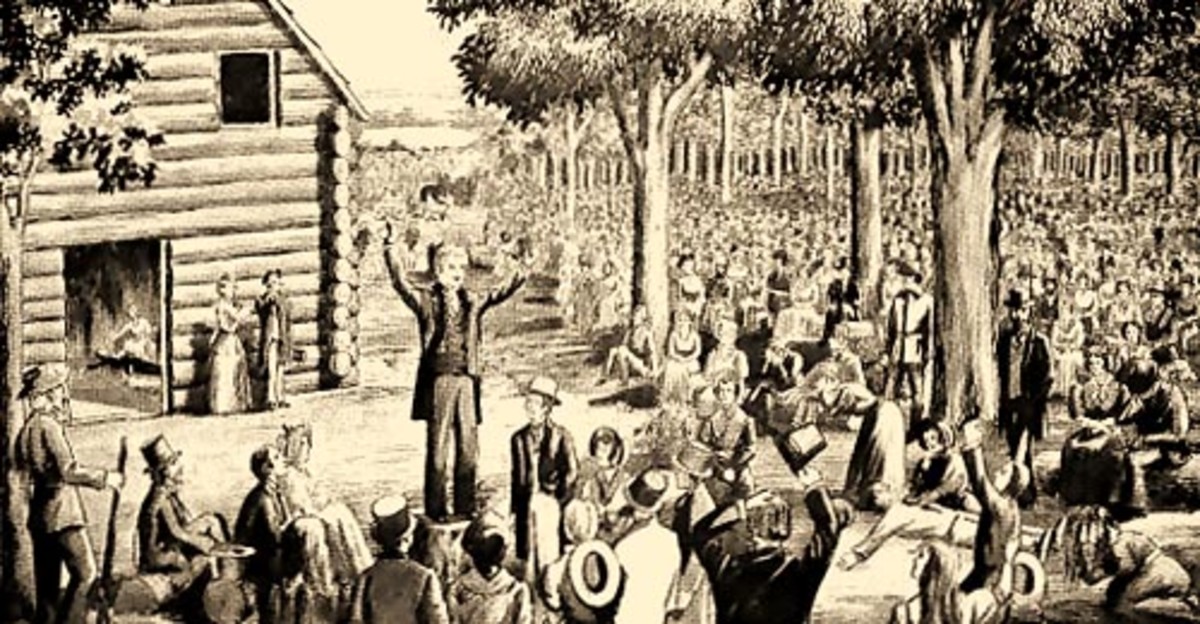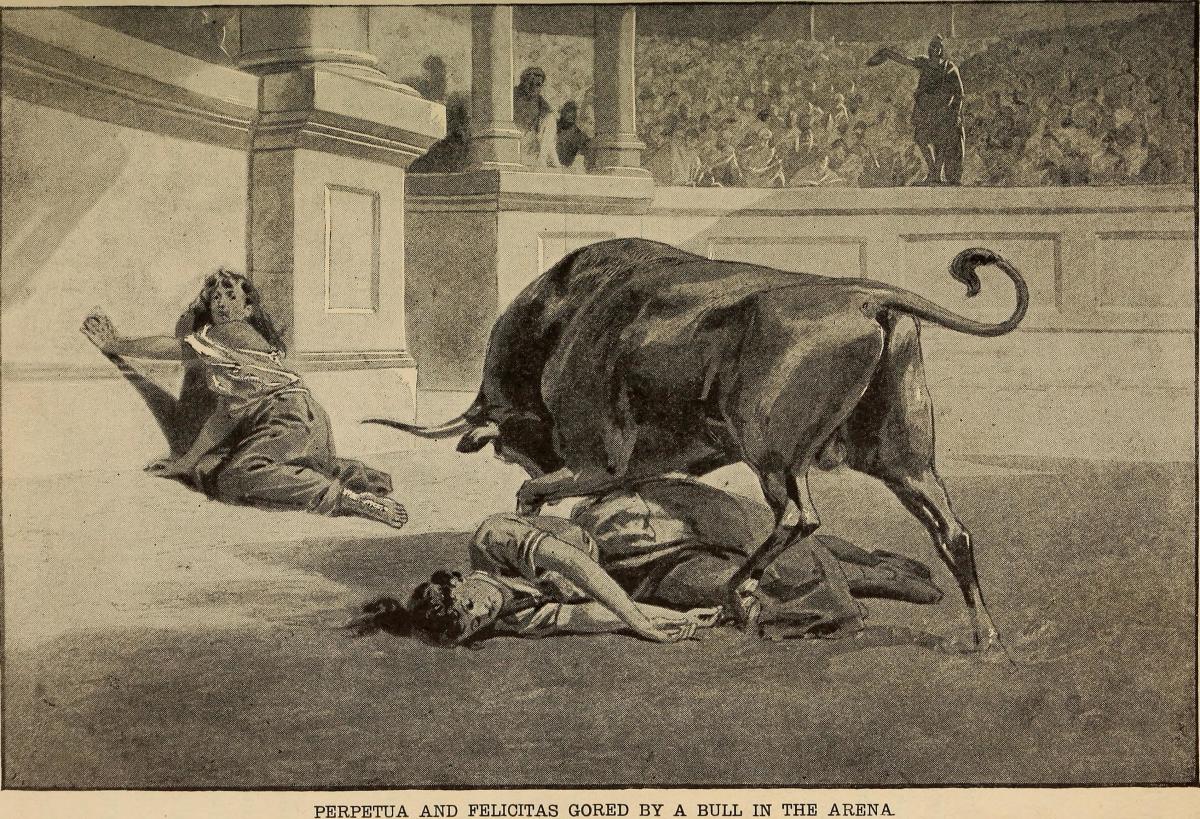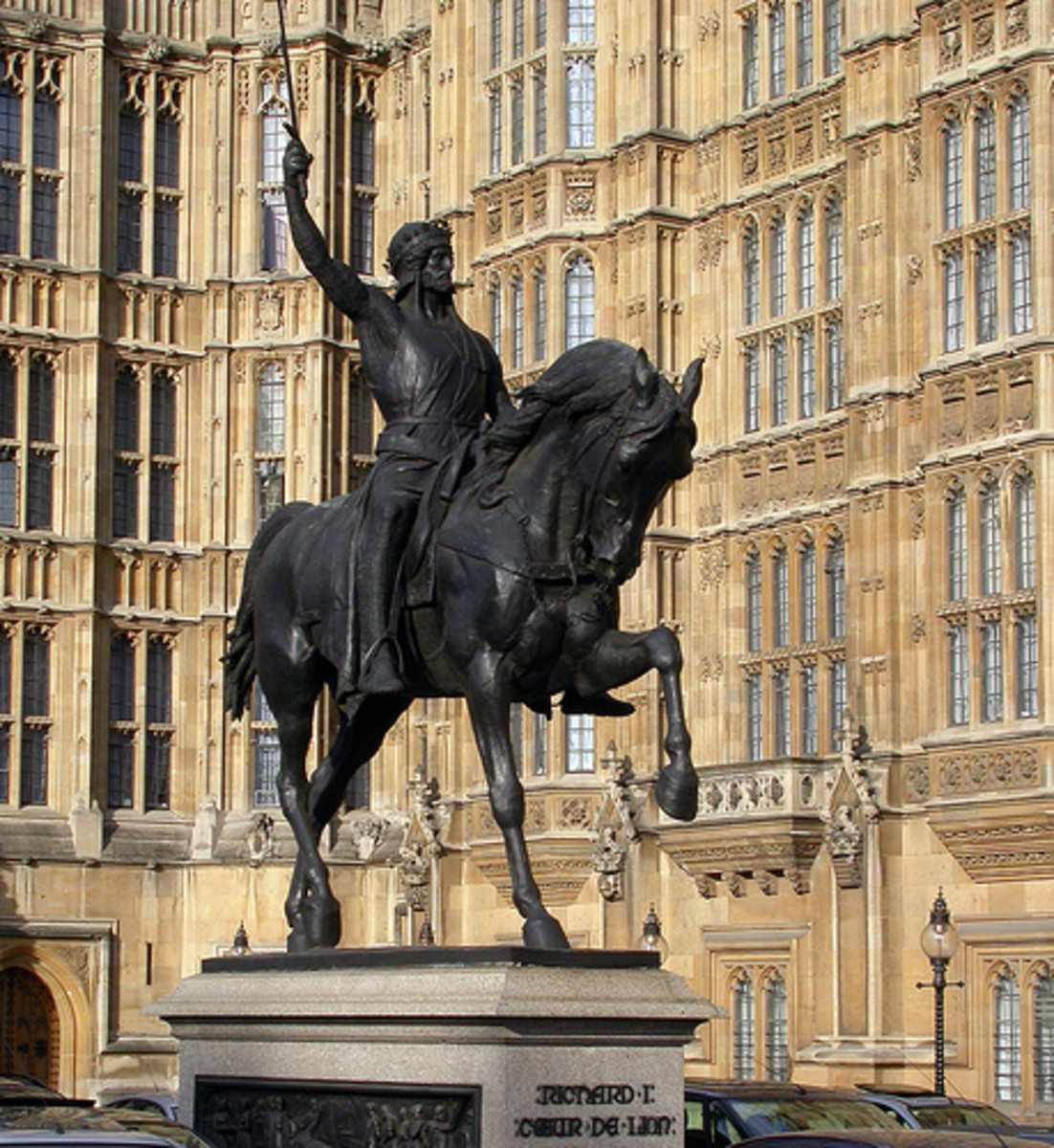Revenants
The Revenant Patriarch
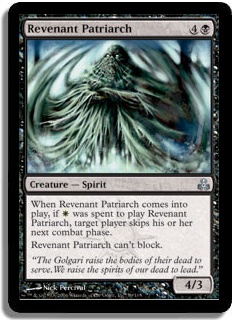
Several Chapters of "Chronicles"
Wililam of Newbury chronicled several chapters' worth of accounts which mention corpses which are animated and leave their graves after burial - some proper Christian burials, too - and these revenants would cause great havoc and psychological stress on the living. (Book 5, Chapters 22, 23, 24).
"Revenant" probably comes from the French word, "revenir," which means: "to come back" and is associated with the idea of ghosts. Also, the Latin: venire means "to come," so re-venire means to come back, as well. There are other meanings for the word, such as: something occurring without interruption, but primarily, revenant is used to describe a ghost or undead corpse which returns to walk away from the grave...
Back to William of Newbury...
Also known as William Parvus and William of Newburgh, who lived during the approximate years of 1136–1198, and was a monk of Newburgh, Yorkshire. He was a chronicler whose most notable item is Historia rerum Anglicarum, written during the times of King Stephen.
Historia rerum Anglicarum, is basically a history of England from the years 1066 - 1198. If anyone wishes to practice translating Latin to English (or another language), an open source form of the document is available online at the link below:
Historia rerun Anglicarum (William Parvus/William of Newbury/Newburgh) online. (Latin)
In these volumes, William Parvus or William of Newbury wrote about The Anarchy apparent during the reign of King Stephen of England and although the writing is from the 12th Century time period, a good translation from Latin to English makes for very interesting, engaging reading material even today.
Especially where William Parvus mentions REVENANTS... burial customs and such.
Book Five, Chapter 22 heading: Of the prodigy of the dead man, who wandered about after burial
Book Five, Chapter 23 heading: Of a similar occurrence at Berwick
Book Five, Chapter 24 heading: Of certain prodigies
Historia rerum Anglicarum, Book Five, Chapter 22
Of the prodigy of the dead man, who wandered about after burial
(an excerpt below in bold)
William of Newburgh writes about a man who mistrusted his new wife so much that he decided to spy on her to see if she was, indeed, being unfaithful. Frankly, she was cheating on him and the husband caught her with another man in their newlywed home. Unfortunately, the husband had been hiding in the rafters of the place and when his wife and the other man were doing what comes naturally, the husband became upset and lost his grip, falling to the ground. He died and was buried soon after this unfortunate incident...
He didn't stay buried...
William of Newburgh documented what the people in the county of Buckingham witnessed regarding the husband who wouldn't stay buried:
"A certain man died, and, according to custom, by the honorable exertion of his wife arid kindred, was laid in the tomb on the eve of the Lord's Ascension. On the following night, however, having entered the bed where his wife was reposing, he not only terrified her on awaking, but nearly crushed her by the insupportable weight of his body. The next night, also, he afflicted the astonished woman in the same manner, who, frightened at the danger, as the struggle of the third night drew near, took care to remain awake herself, and surround herself with watchful companions. Still he came; but being repulsed by the shouts of the watchers, and seeing that he was prevented from doing mischief, he departed. Thus driven off from his wife, he harassed in a similar manner his own brothers, who were dwelling in the same street; but they, following the cautious example of the woman, passed the nights in wakefulness with their companions, ready to meet and repel the expected danger. He appeared, notwithstanding, as if with the hope of surprising them should they be overcome with drowsiness; but being repelled by the carefulness and valor of the watchers, he rioted among the animals, both indoors and outdoors, as their wildness and unwonted movements testified."
If You're Thinking This Is Funny...
...you might be in the minority...
In the 12th Century, the events in the county of Buckingham were taken very seriously and drew the attention of the populace, nobility AND Church.
Inhabitants in the county of Buckingham sought council from the Church and thought it necessary to correspond with the venerable bishop of Lincoln - who was a resident of London during the time of the events. When this bishop consulted with his peers and other authorities, it was brought forth that the body would need to be exhumed, then burned. Well, the reverend bishop of Lincoln couldn't bring himself to issue any orders for such actions - based on the actions seeming too improper and indecent to perform. Instead, he issued correspondence forth to the archdeacon in Buckingham county, instructing that the body be examined only. Upon examination, the correspondence was laid at the dead man's breast and the grave was closed once more...
After all this (apparently due to the touch of correspondence from a source from the Church?), it is said that the dead man no longer wandered away from his grave and to his old house to harrass his widowed wife...
Revenant/Vampire items of interest
Vampires, Zombies, Ghouls, Take Your Pick
From the example above, it seems that the REVENANT was much like what we call a "ghoul" or more closely - a ZOMBIE - these days, however, William of Newbury writes more about this phenomena in Historia rerum Anglicarum, and in portions of his text what is described is a vampire-like being which refuses to stay in its grave...
In lore, it is said that the revenants are often those who have died by unfortunate accidents while still in relative youth - definitely those who died too young. The revenants often (it is said, in lore) return to their homes and their loved ones but don't seem to know that they're harrassing in what was once their own home... it became habit in some places of Europe, a few centuries back, for females in households of the recently deceased to set out some food - away from the home - hoping that this would keep the revenant/departed loved one from trying to enter the family home...
Mostly, this tactic was short-lived as it seemed to or was believed to continue to attract the revenants and ultimately, the solution to the problem of revenants was exhumation and burning...
Sometimes youthful widows were permitted a night or two of setting out food, just to help with their grieving process...but in the end - it was believed that the only way to deal with ones who return from the grave was to dig 'em up, light 'em on fire...
Poof
Somewhat Comical Film Clip (language warning)
In Lore
Surprisingly, not everything about the revenants is negative and horrific in folklore and legend. The idea of a deceased person returning to his (most accounts usually involve a male head of household) home after death MAY ACTUALLY promote the idea of "home," "protection" and the "family unit."
I know this sounds wacko, but in the minds of some, a revenant was an unfortunate person, to be pitied. Someone taken out of this world or living realm at the wrong time...and one who returned, seeking "home and family" after death. On occasion, tales have been told about the revenant returning, time and time again (as noted in the excerpt in bold above) to the appropriate family home - in search of food and to "be at home." Also (not mentioned in the excerpt above), some revenants would linger for very long time periods around a home and it is believed that they would "protect" the home from wild animals and intruders... (ie: "the man was so dedicated to his family while he lived that he cannot stay parted from his family in death."). In the least, if the revenant wasn't violent against intruders, the fact that he was 'non-living' and that animals sense things we cannot - was felt to be a positive point of having a revenant come back...in the minds of some people, anyway.
It may be that we get some of our ideas about the recently deceased and certain beneficial ghosts "watching over us" from far back in history and from the concepts of these revenants...
Most descriptions/accounts of things said to be revenants are pitiful creatures who return to their homes after death, who are "barely aware" and who are "not themselves" anymore. "Animated corpses" but not much more. Often, they don't seem to have been deemed overly dangerous - more of a nuisance, actually - and their "returns" seemed a mainly psychological shock to the grieving family.
Often the "damage" revanants allegedly did by returing home after being in the grave was unintentional and due to the revenant's lack of awareness, co-ordination, etc. ie: a revenant may recognize a loved one, gain access to the family home and, in still being attracted to his family members, he might crush one of them in an embrace or - as in the excerpt above - the revenant lay atop his wife and was crushing her...
As in the account in bold above (the deceased bothered his brothers next after he was pushed away from his old family home), the revenant is believed to retain some awareness of his life and might go visit various family members and friends if turned away at one place. As well, it was possible to frighten a revenant - which might be "wishful thinking" of 12 century people - hoping that the deceased had retained a shred of humanity (human fear). In some tales, a revenant might be allowed to "hang around" and friends of the recently deceased would simply wait for the revenant to show up at their door one night, pass the "being" some food while turning the revenant out again. Once the revenant made his/its rounds of family and friends, it could THEN be shooed away. Shortly after, during daylight hours, a community would finally dig up the recently deceased's body, remove it from the grave, light it afire to finally stop the midnight wanderings and visits...
Personally, I wonder if the authoress Mary Shelley had "the revenant" creature in mind while writing Frankenstein. In parts, when the creature is still learning to cope with living anew in a fully grown, adult-sized body, his strength is maximum but his co-ordination at a minimum and I think this must have been (still is) a terrifying concept for Victorian era minds. Certainly, because Shelley was literate and well schooled in her times, she would likely have chanced upon works by William Parvus or at least know a bit about him because of his status as an important historian and chronicler.
Revenants Morphing
Revenants truly aren't of one category. They're not a particular "thing," although we tend, as a general community of story listeners, to want to classify and label a persona, character in a tale, etc.
Revenants are extremely interesting because through these beings and through the tales that have already been told for ages and that we will continue to tell, we may be sorting through what we believe about life, death, loyalty, rituals, etc.
William Parvus' revenants are NOT the same revenants in lore of the later Victorian era, nor are William of Newbury's revenants the same as the ones we might hear about as 19th century or present-day revenants.
12th Century revenants seemed to be more of a "wanderer" and a pitiful being than later accounts of the revenant being... Parvus' revenant was a man wronged in life whose death was by an awful accident. (this can be interpreted a couple of ways).
Later, Victorian era revenants seemed much more aware and deliberate about who they visited after death (again, this might be our ideas developing via storytelilng over the years) and their returns from the grave were almost always said to have a purpose....vengeance.
The way Parvus' revenant can be viewed is of a pitiful being with limited awareness. This revenant was afraid when the townspeople rallied around his widow and they scared him off very quickly. It might be said that this revenant was closer to a harmless type of undead being...
However, if we look closely into the account that Parvus provides, it says that the revenant went to his wife's bed and almost crushed her... we can interpret this as a lack of co-ordination in a semi-aware being - OR (a different interpretation) a vengeful action against his wife - except we cannot determine to a sure degree, from Parvus' chronicle text, that the revenant is engaged in vengeful action rather than just "going home" and going to his rightful bed.
Likely, as this tale was re-told, and when it was told in Victorian times, the worldview would bring storytellers to view the 12 century revenant's behavior as an act of vengeance...
There seems to be a progression of thoughs about death going on with "revenant" tales. The nature of the revenant seems to continue morphing... in earlier times, the revenant is primarily an animated corpse who gets out of his grave then wanders about... a litte later in history, the revenant is an animated corpse who won't stay in the grave, wanders about - and, if turned away from his home, will visit other known relatives, friends' homes... by the Victorian era, revenants are mostly thought to defy death due to a personal vendetta - and, consequently, they return to known places and familiar people to exact revenge...
If we look at our modern, present day depictions of, story and films about zombies and vampires and associate these with revenants, our version of revenants is mostly violent, persistent, immortal...


